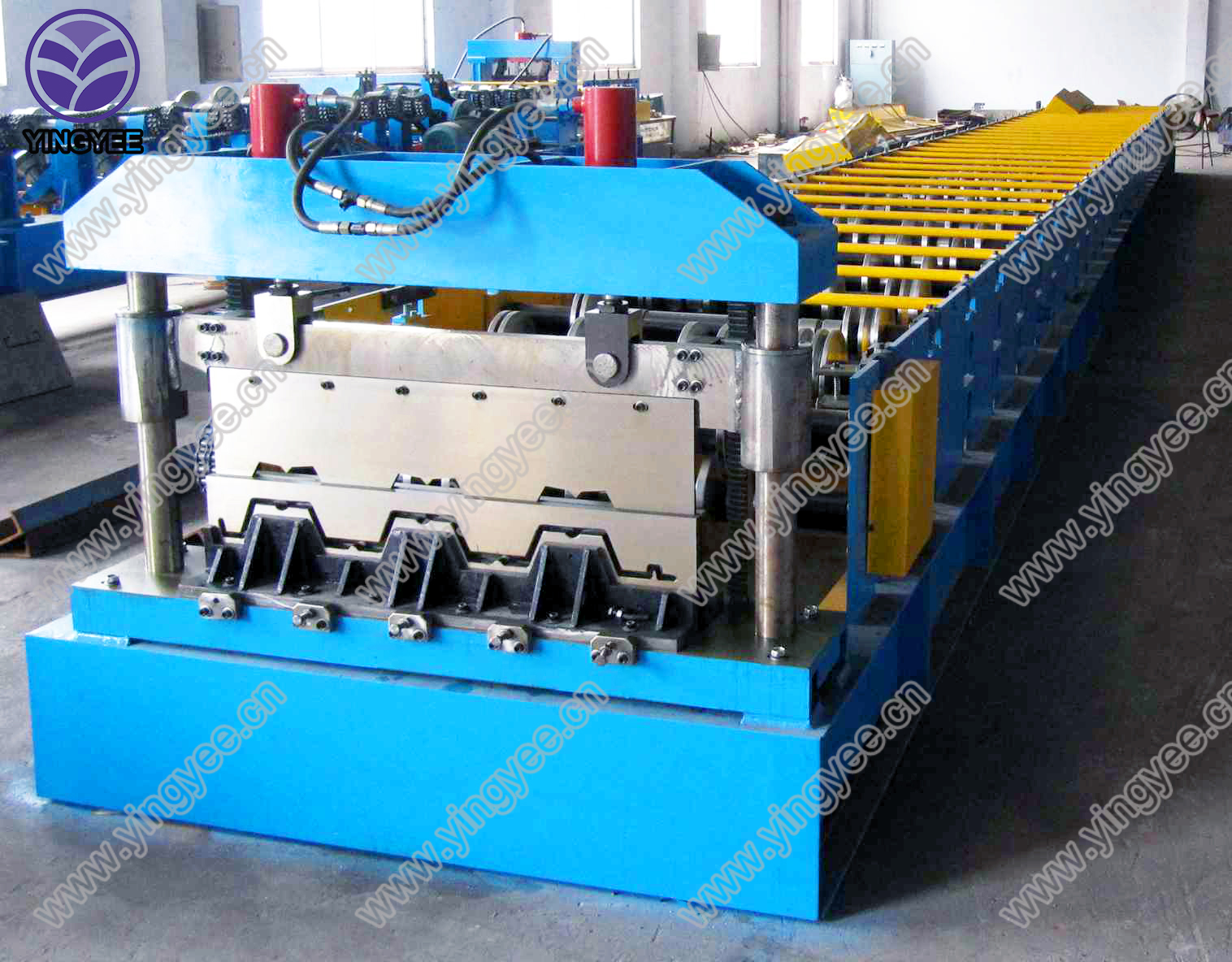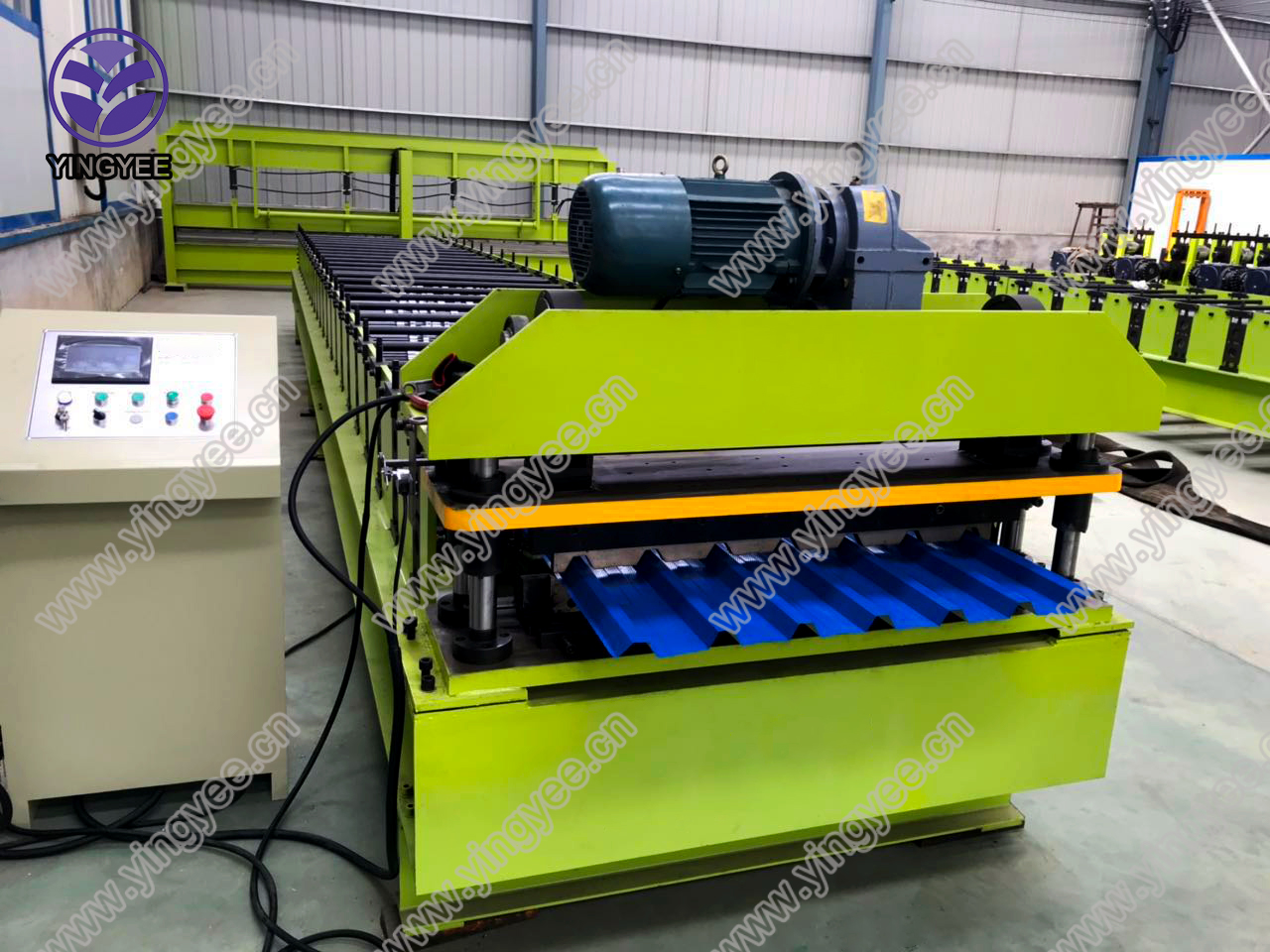

(angle steel roll forming machine)
Angle steel roll forming machines represent engineering excellence in metal fabrication, transforming coiled steel into precise structural components with remarkable efficiency. These automated systems deliver consistent profiles for stud and track systems, drywall channels, main furring structures, and wall angles – forming the backbone of contemporary construction frameworks. Industrial adoption has surged by 38% over the past five years as builders recognize their ability to reduce labor costs while improving structural consistency. The continuous forming process maintains material integrity while achieving tolerances within ±0.5mm across lengths exceeding 25 meters, ensuring perfect alignment during installation.
Modern steel angle roll forming machines incorporate patented technologies that outperform conventional fabrication methods. With production speeds reaching 50 meters/minute and automatic punching capabilities up to 1,200 strokes/minute, these systems reduce component costs by 17-22% compared to manual fabrication. Advanced PLC controls with HMI touchscreens manage complex variables including material thickness compensation and thermal expansion adjustments. Dual-servo synchronization guarantees absolute profile consistency even at maximum operational speeds, while quick-change tooling systems allow product transitions in under 15 minutes. Built-in flaw detection sensors automatically halt production when deviations exceed 0.3mm, maintaining rigorous quality standards without manual inspection.
| Manufacturer Type | Production Capacity | Accuracy Rating | Customization Level | Energy Efficiency |
|---|---|---|---|---|
| Basic Machinery Suppliers | ≤25 m/min | ±1.2 mm | Limited | Standard |
| Mid-Range Factories | 35 m/min | ±0.75 mm | Moderate | ERP+ |
| Specialized Steel Angle Roll Forming Machine Factories | 50 m/min | ±0.35 mm | Advanced | AI-Optimized |
| Customized Solution Providers | Variable | ±0.2 mm | Full | Energy Recovery |
Customized angle stud and track machines address specialized architectural requirements that standard equipment cannot accommodate. Leading factories develop tailored roll forming packages for unique applications such as seismic reinforcement channels with 45% increased load distribution or acoustic-rated drywall systems featuring integrated sound dampening contours. Clients specify critical parameters including flange width (50-150mm), material gauge (0.7-2.5mm), radius tolerances (±0.25°), and unique notch patterns. For specialized projects requiring exceptional precision, manufacturers implement closed-loop feedback systems with laser measurement modules that automatically compensate for material spring back down to 0.08mm variance. Such tailored configurations typically deploy within 6-8 weeks from design approval to production readiness.
The performance of structural roll formed sections depends fundamentally on metallurgical properties and production parameters. High-strength low-alloy (HSLA) steels with yield strengths between 350-550 MPa have become standard, offering 28% better strength-to-weight ratios than traditional mild steels. Roll forming pressure sequencing requires exact calculation – typically involving 18-32 forming stations for structural angles – with each successive roller applying 12-15% reduction per pass to prevent material stress concentration. Post-forming treatments include galvanneal coating (150g/m² zinc-aluminum alloy) that provides corrosion resistance exceeding 75 years in standard environments. Computational analysis verifies that roll formed sections maintain 99.2% of raw material strength compared to 93-96% for press-braked alternatives.
Specialized roll formed framing components revolutionized the Pacific Tower project in Vancouver, where architects required 18km of customized C-channels with integrated service conduits. The automated steel frame system enabled installation rates of 1,200m/day while maintaining seismic movement tolerances below 3mm. Similarly, Dubai's Infinity Towers project utilized unique main channel profiles with 22% deeper webs than standard sections, accommodating increased wind loading calculations without weight penalties. In industrial settings, an automatic steel frame installation for pharmaceutical clean rooms employed laser-calibrated wall angles with antimicrobial powder coating, achieving 0.1mm/m straightness critical for sterile environment compliance. Data from 28 major projects confirm that structures using roll formed systems experienced 36% faster enclosure completion and reduced framing-related callbacks by 83%.
As architectural designs grow increasingly complex, automated steel frame manufacturing becomes indispensable for economically realizing innovative structures. The latest generation of angle steel roll forming machine
s integrate IoT connectivity for predictive maintenance, reducing operational downtime by 67% through vibration analysis and thermal monitoring of critical components. Forward-looking factories now develop machines compatible with emerging high-strength materials including 980MPa ultra-high-strength steel and carbon-fiber reinforced alloys. For contractors investing in roll forming capabilities, the ROI typically materializes within 16-24 months through combined savings in material optimization, reduced labor, and elimination of fabrication errors. This technology continues to shape construction methodologies worldwide, fundamentally transforming how structural metal frameworks reach construction sites – precision-formed, efficiently produced, and ready for immediate installation.

(angle steel roll forming machine)
A: A customized angle stud and track roll forming machine is a specialized tool designed to produce tailored steel profiles like angles, studs, tracks, and C channels. It adapts to unique specifications for thickness, width, and design, ensuring precision for construction or framing projects. Customization options cater to diverse industrial needs.
A: Factories offer advanced technology, expert engineering, and bulk production capabilities for consistent quality. They provide technical support, warranty services, and cost-effective solutions. Choosing a factory ensures reliable machinery tailored to industry standards.
A: Automatic machines integrate PLC controls, servo-driven systems, and real-time monitoring for high-speed, error-free production. They handle materials like drywall channels, furring angles, and main frames with minimal manual intervention. Automation boosts efficiency and reduces labor costs.
A: These machines use high-grade rollers and hardened steel components to withstand prolonged use. Precision alignment and adjustable settings maintain consistent profile accuracy. Regular maintenance further extends machine lifespan and performance.
A: Construction, automotive, and infrastructure sectors rely on these machines for structural components like beams, frames, and supports. They are also used in HVAC systems and interior partitioning. Versatile output meets both lightweight and heavy-duty requirements.